Design Tips to Balance Functionality and Aesthetics
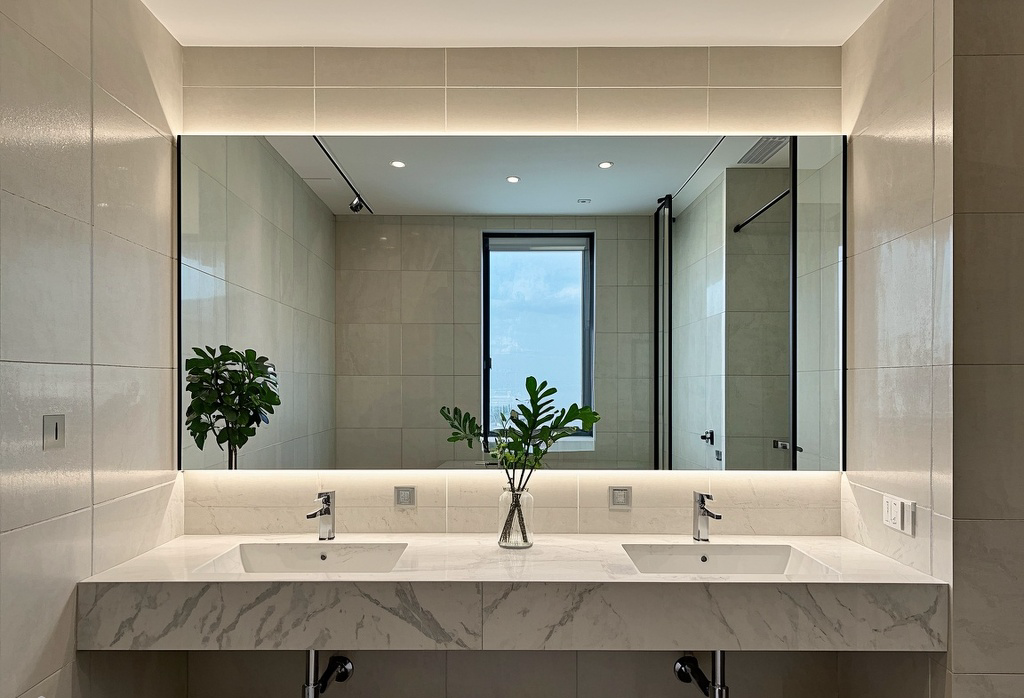
A full-wall LED mirror maximizes light reflection and creates a spacious feel.
Your bathroom mirror is more than just a functional tool—it’s a design statement that shapes the room’s ambiance. Choosing the right size can enhance lighting, optimize space, and elevate your daily routine. But how do you strike the perfect balance? Let’s explore five key considerations to guide your decision.
Standard Rule: Aim for a mirror width equal to or slightly narrower than your vanity. For a 60-inch vanity, a 54–58-inch mirror ensures proportional harmony.
Double Sink Solution: For dual sinks, opt for a single large mirror spanning the entire vanity (e.g., 72 inches for a 72-inch counter) to unify the space.
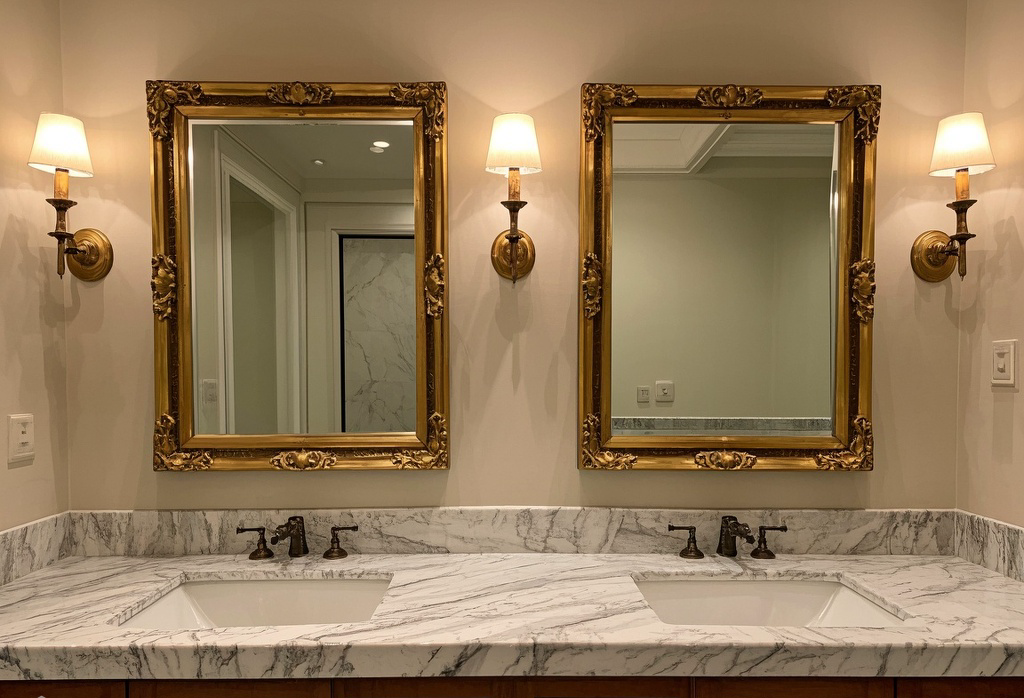
Full-width mirrors create symmetry in double-sink setups.
Vertical Balance: Position the mirror’s center 60–65 inches from the floor (average eye level). Avoid touching the ceiling; leave 6–12 inches of breathing space.
Tall Ceilings? Extend mirrors vertically to fill empty wall areas, pairing with sconces for layered lighting.
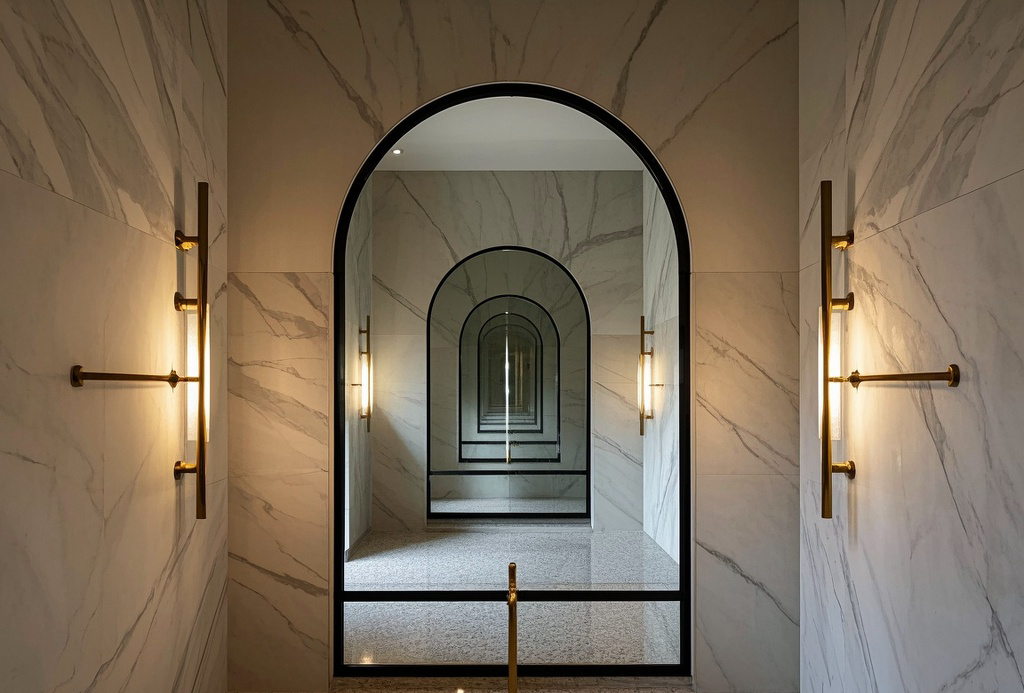
Arched mirrors add height without overwhelming narrow walls.
Small Bathrooms: Round or oval mirrors soften angular spaces and reduce visual bulk. A 24-inch diameter works well above compact vanities.
Modern Edge: Asymmetrical or irregular shapes (e.g., hexagons) suit contemporary designs, while arched mirrors complement traditional settings.
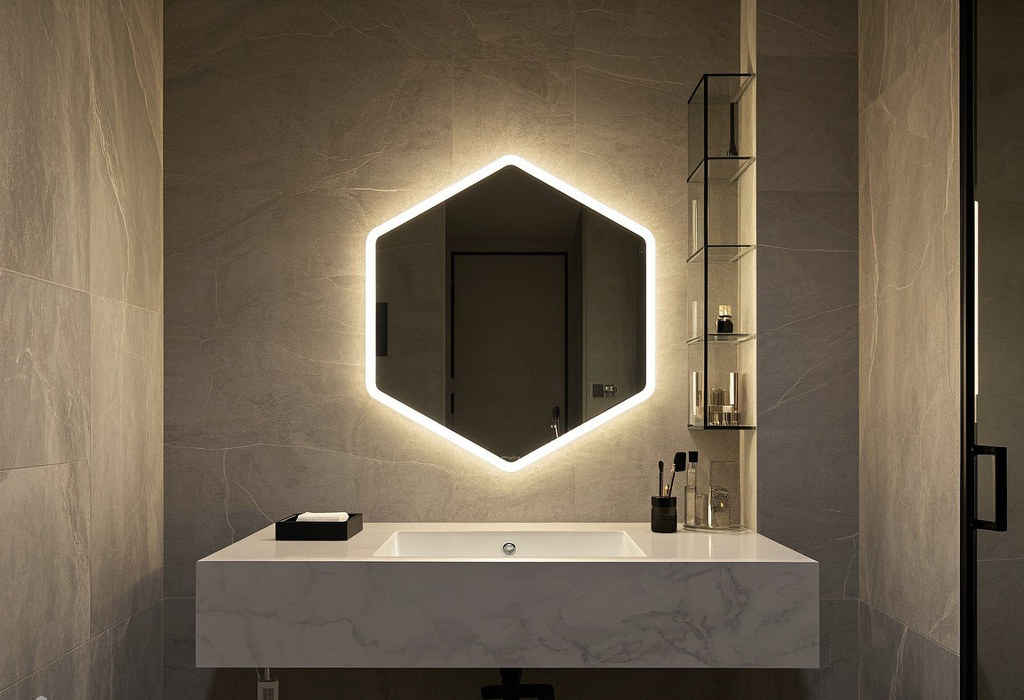
Geometric shapes with integrated lighting merge form and function.
Backlit Mirrors: Ensure a 2–3 inch border between the mirror edge and light fixtures to prevent glare. For example, a 36-inch mirror pairs with 32-inch LED strips.
Medicine Cabinets: Depth matters! Choose recessed models less than 6 inches deep to avoid protrusion.
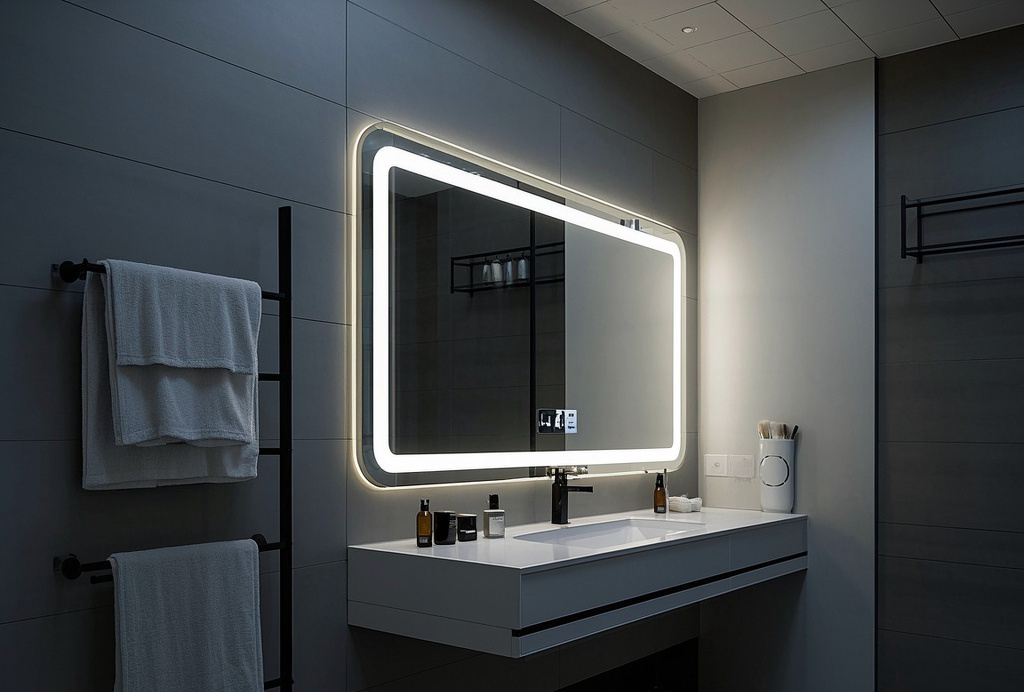
Integrated LED lighting requires precise sizing for even illumination.
Accessibility: For wheelchair users, lower the mirror height to 40–48 inches from the floor.
Statement Pieces: Oversized mirrors (e.g., 48x36 inches) work in large bathrooms but avoid exceeding 75% of the wall area.
Custom Shapes: Brands like Chalaat offer irregularly shaped mirrors for unique layouts, such as corner trapezoids.
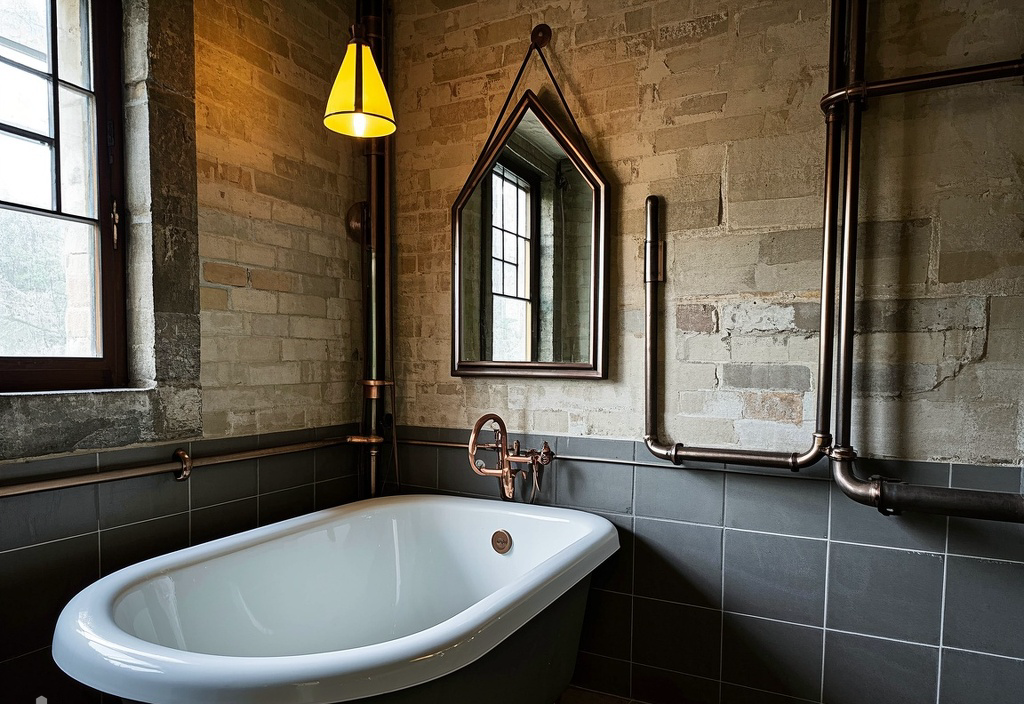
Custom-shaped mirrors adapt to challenging layouts.
Use painter's tape to outline mirror dimensions on the wall.
Test sightlines: Can you see your head and torso comfortably?
Pair large mirrors with matte finishes to reduce glare.
The ideal bathroom mirror size blends practicality with personal style. Whether you prefer a frameless LED panel for modern simplicity or an ornate gold-framed piece for vintage charm, let proportion and purpose guide your choice. Remember: A well-sized mirror doesn't just reflect your image—it reflects your design sensibility.

Upsizing mirrors can visually double cramped spaces.